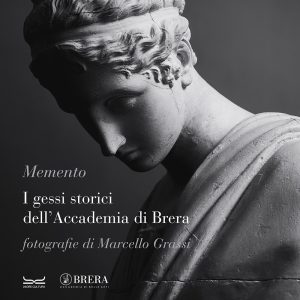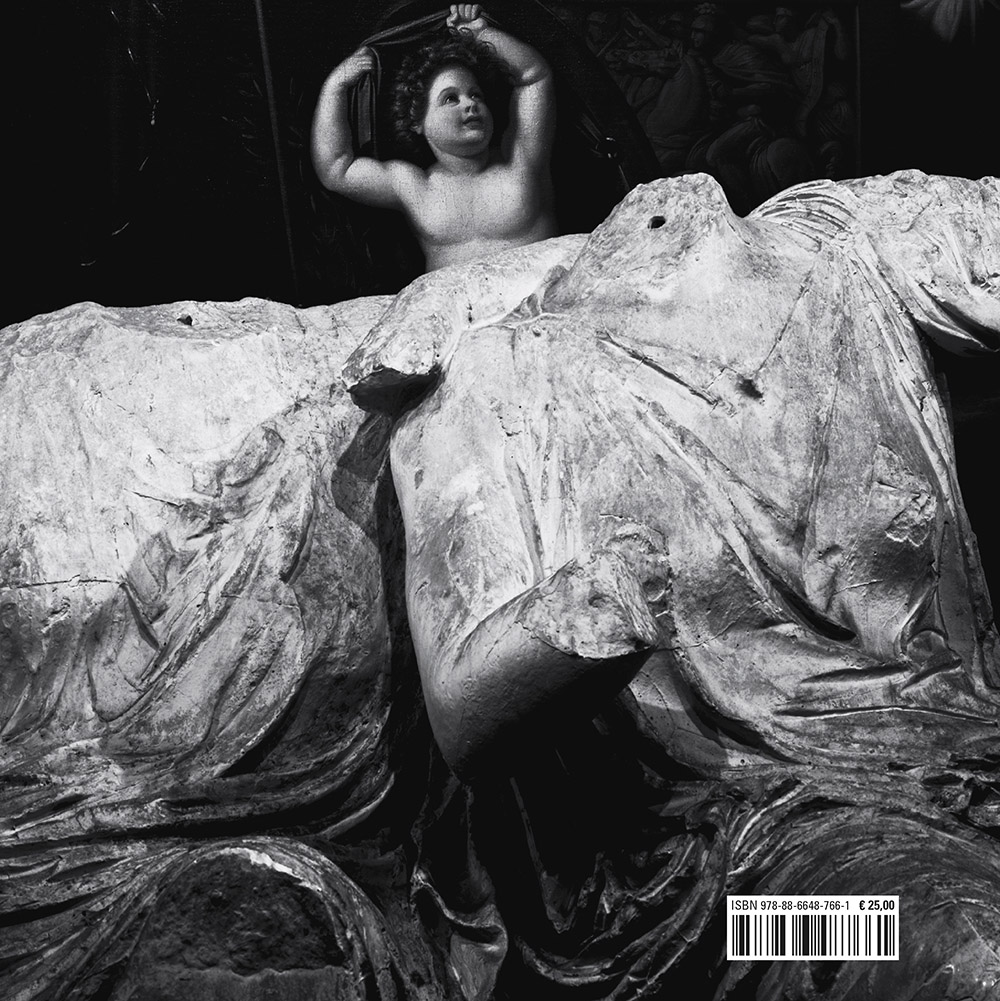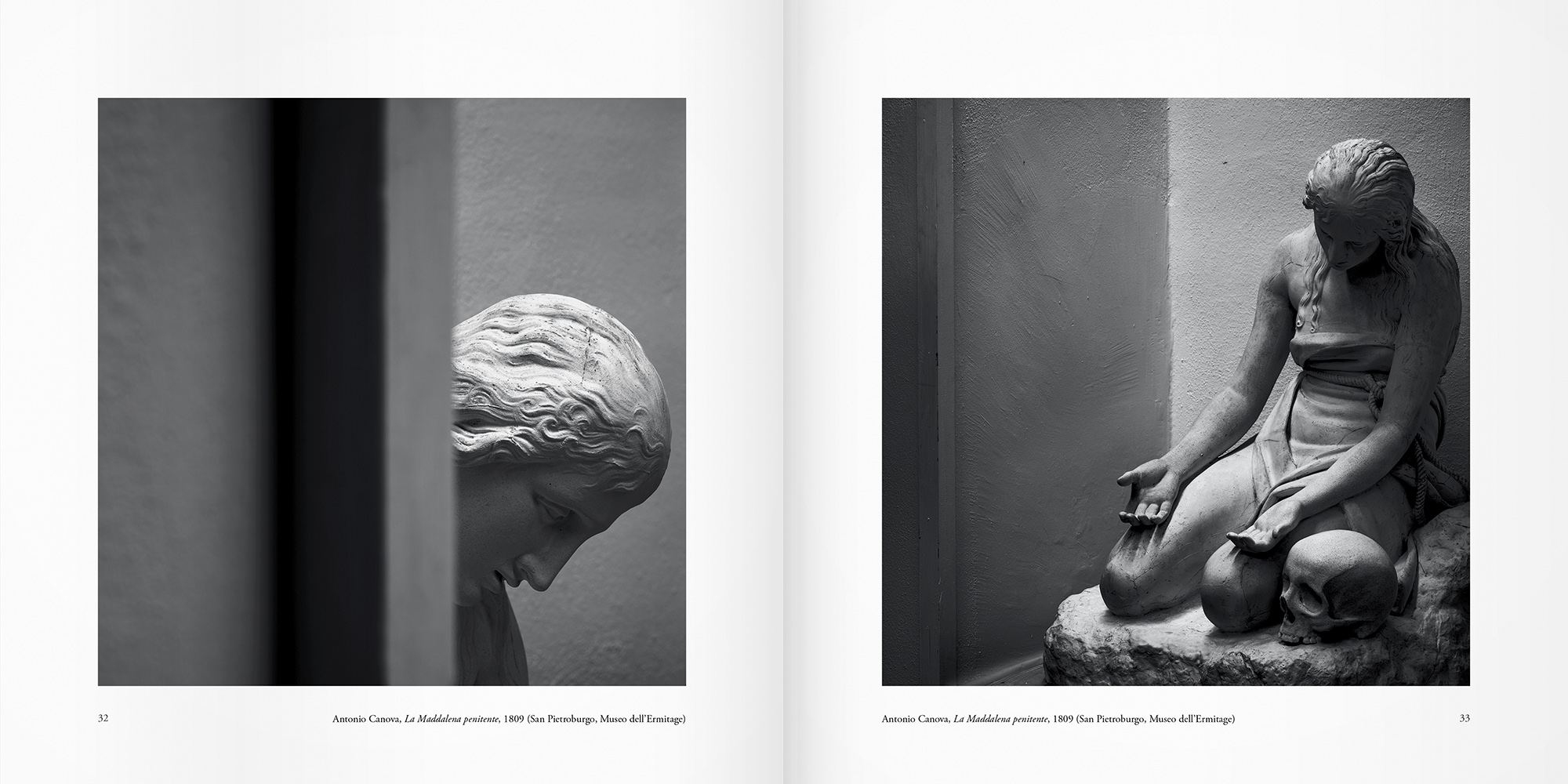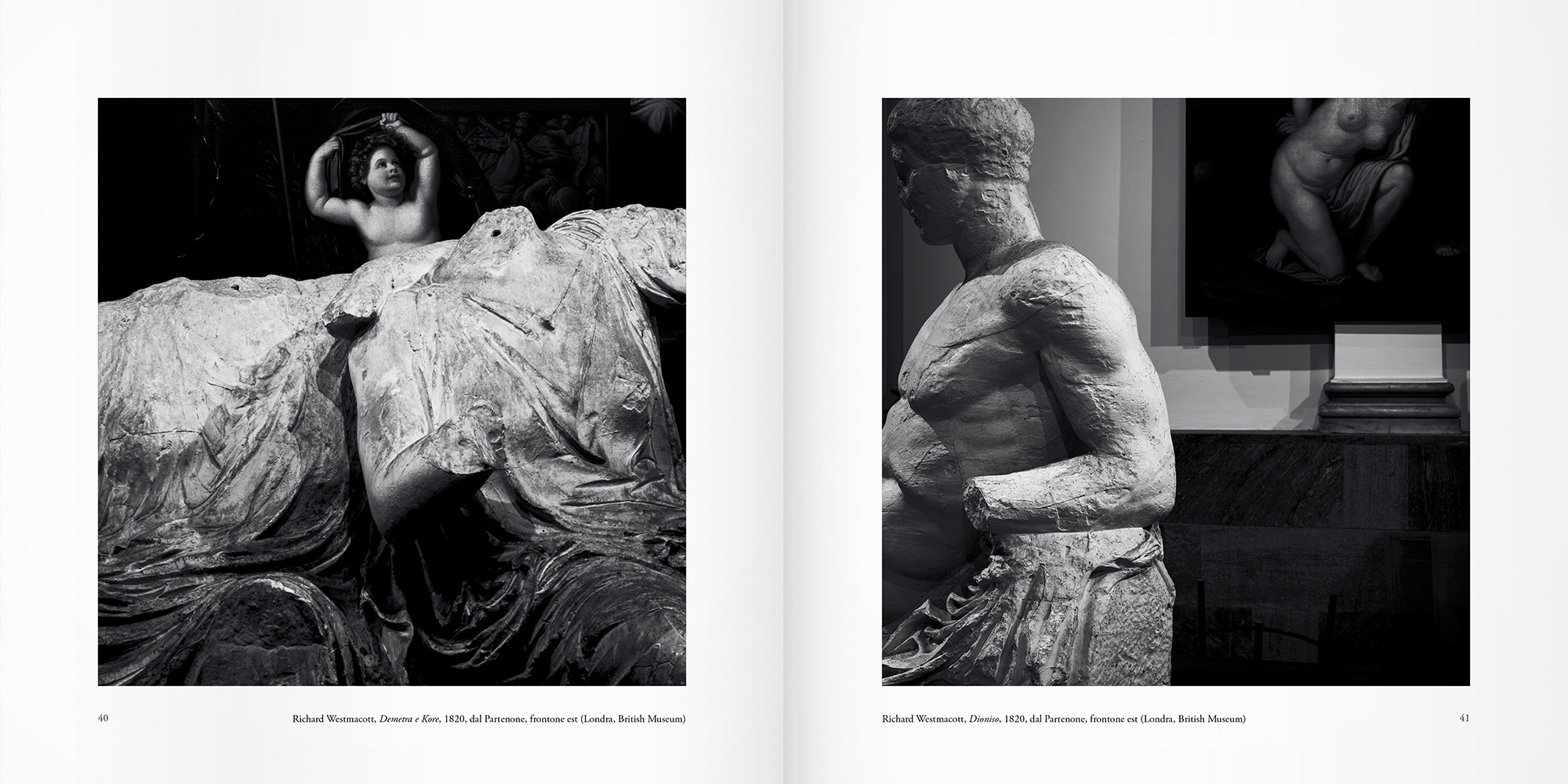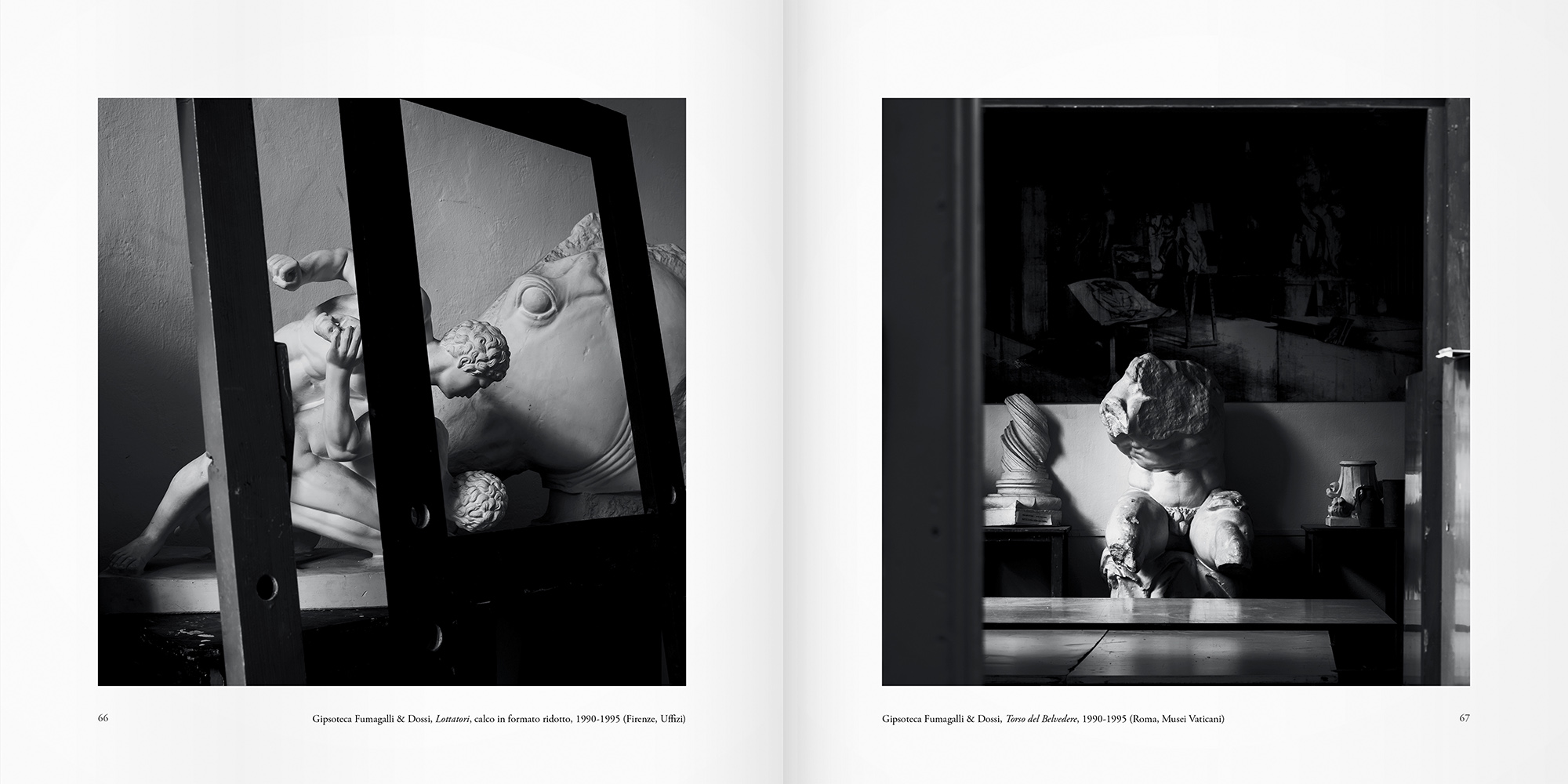Memento. I gessi storici dell’Accademia di Brera
Photographs by Marcello Grassi
Browse the book
Related books
-

With Frida Diario Artistico
Vanna Vinci
-

Animali dipinti
Stefano Zuffi
-
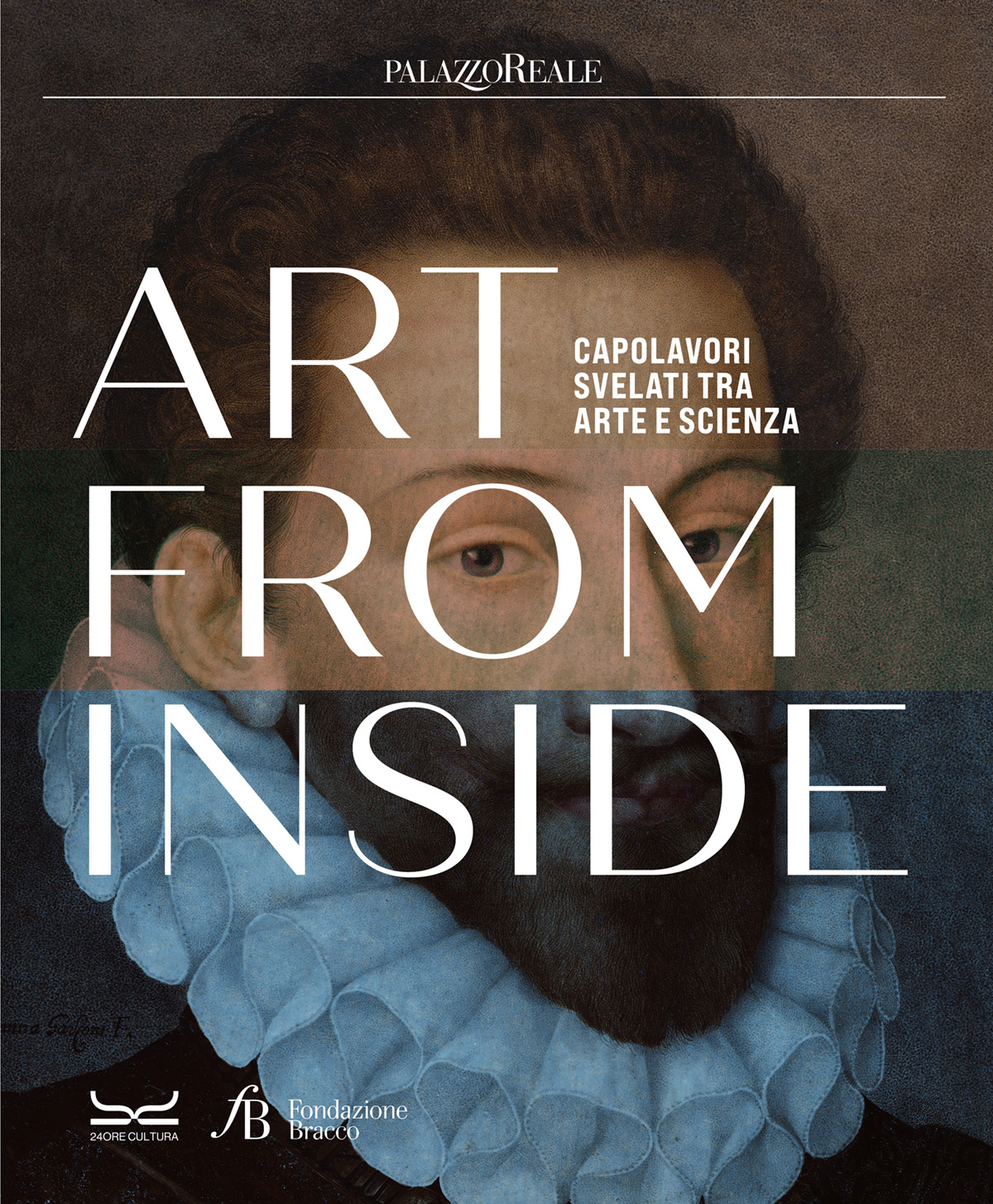
ART FROM INSIDE. Capolavori svelati tra arte e scienza
Edited by Fondazione Bracco – With scientific advice from Isabella Castiglioni, Matteo Interlenghi and Stefano Zuffi
-
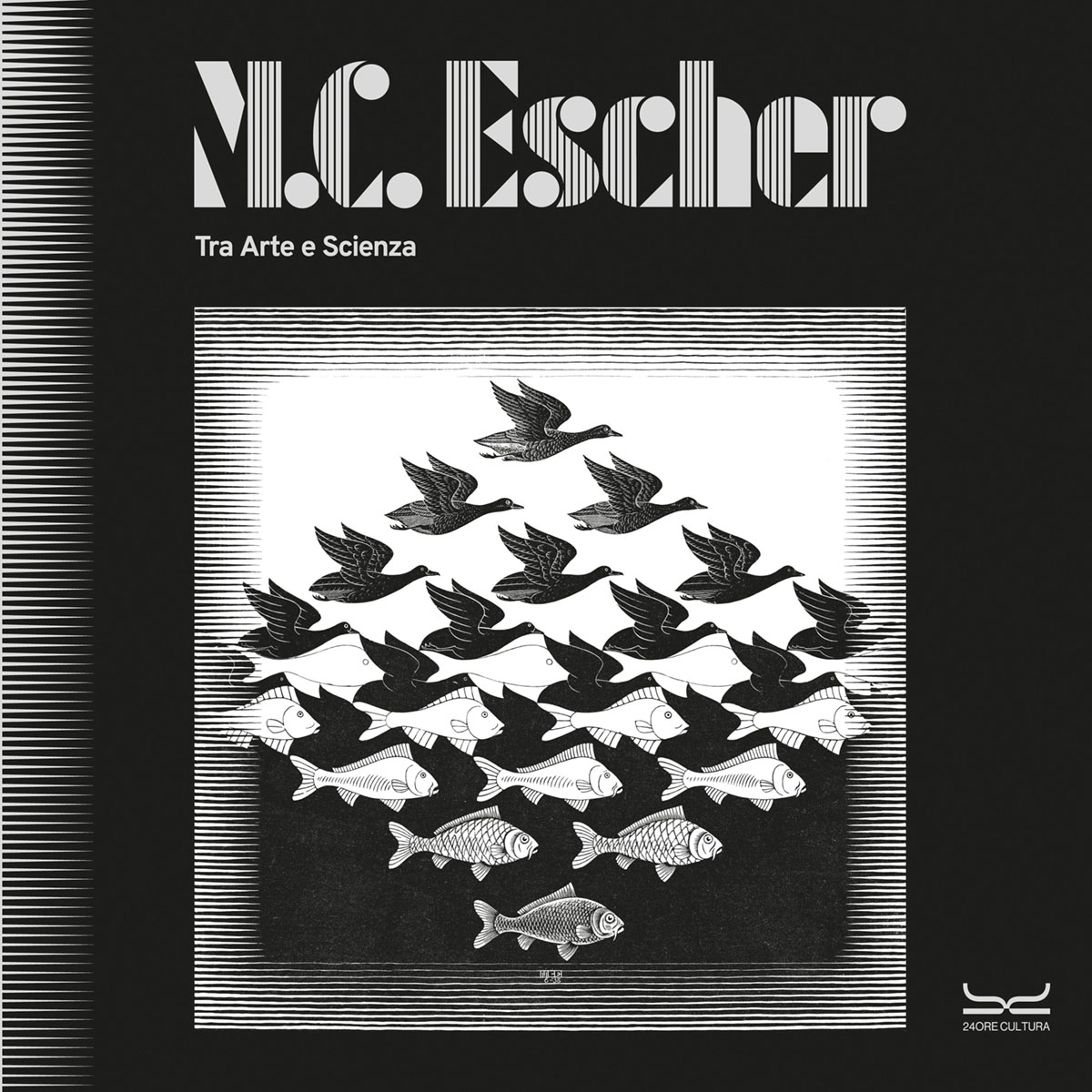
M.C. ESCHER. Tra Arte e Scienza
Edited by Federico Giudiceandrea, Claudio Salsi, Paolo Branca and Claudio Bartocci

